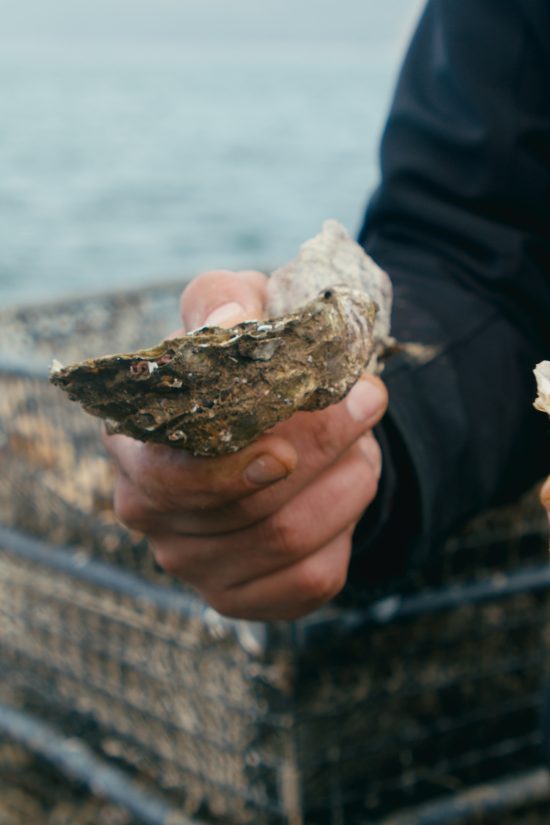
With its vast expanses of prime waters and ideal conditions for aquaculture, Alaska presents a promising environment for oyster farming to expand. From a global perspective, this sector is still in its early stages, with innovative farmers leading the way in developing efficient and sustainable farming methods. By utilizing technology and proven farming techniques, such as surface culture systems and processing automation, Alaska's oyster farmers aim to increase production capacity and maintain consistency in quality.
These efforts not only support the local economy by creating jobs and attracting tourists but also position the Alaskan oyster industry as a competitive player in the global market. By exploring diverse marketing strategies, including direct-to-consumer sales and partnerships with wholesalers, farmers seek to establish Alaska as a hub for premium oysters, appealing to both local and international consumers.
The Alaska Mariculture Industry Overview, Spring 2025, by McKinley Research Group and Pacific Shellfish Institute is available here.